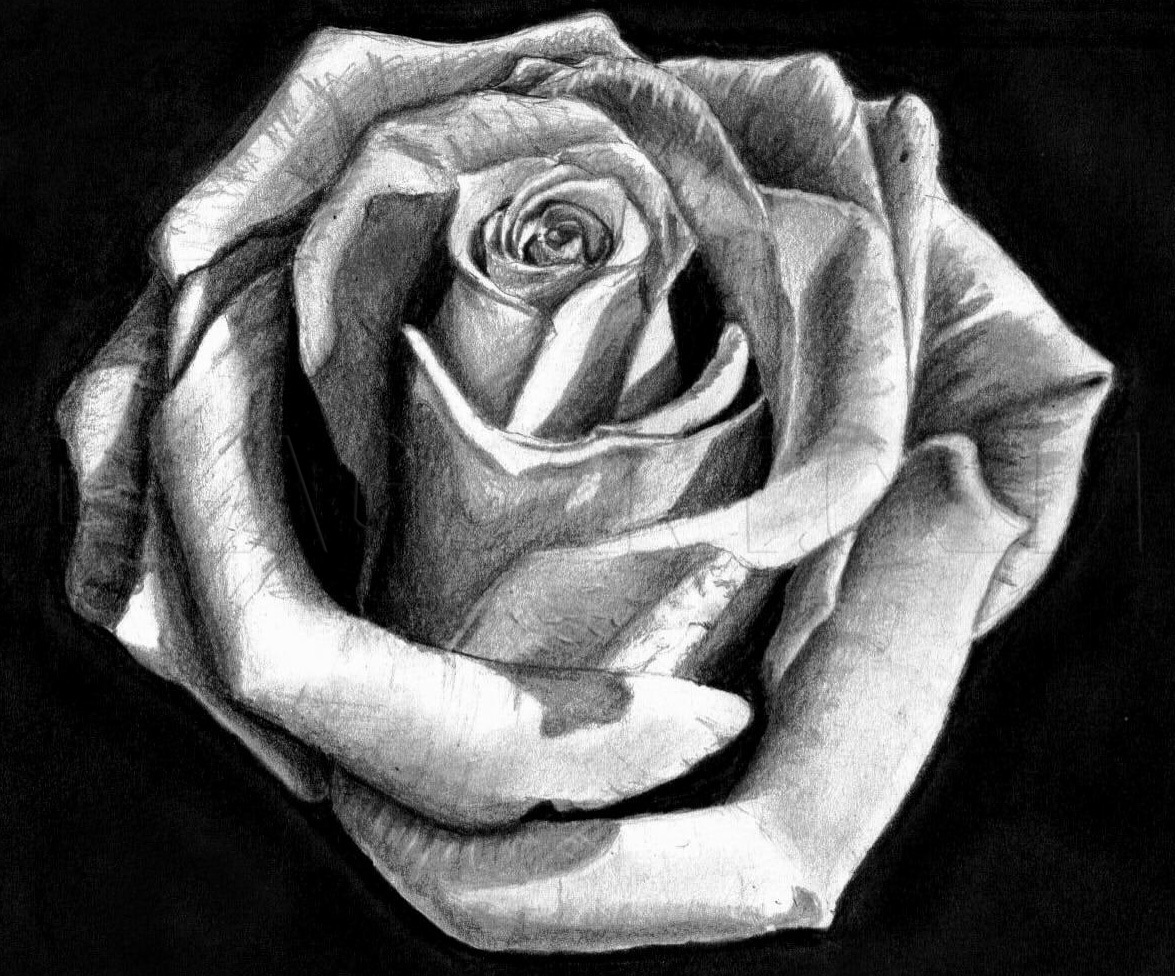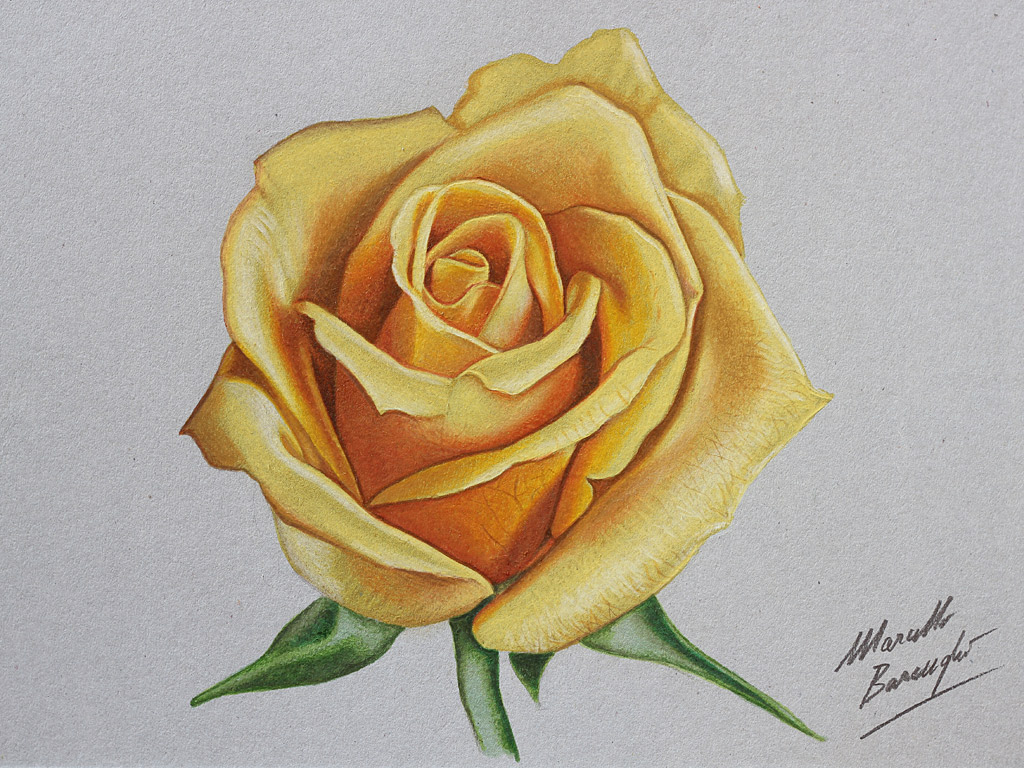

Do a few loose concept sketches to check light source and choose a view. Practice painting and drawing a petal and then you will be ready to try an entire rose!Ĭreate concept drawings for tonal variation with correct light source to get the overall feel. Match the color and overall shape and draw the irregular edges. Start with a petal or a few petals of varying sizes from the inside and outside of the flower. The shiny leaves have a curvy surface also, creating contrasting lights and shadows.Ĭollect several roses so that some of them can be deconstructed for close examination of the various parts.Įveryone has their own way to draw and paint, and I encourage you to try your own! Here are the steps I use to draw and paint a rose: Step 1: Practice a petal Set up your subject to give a good view of a rose blossom with lots of contrasting dark areas of shadow versus areas highlighted by light source. To start, focus on the overall shape of the whole flower. Often there are so many petals that drawing this subject can be dizzying. Roses with many tightly-packed petals can be challenging to draw.

I pay close attention to the details of overlapping petals and make sure to describe this in the beginning of my drawing. To begin, I consider the overall form of a rose and the way petals hug the form, and then how they peel away in shapes that can be rendered as cylinders. I love to capture the petals that are rolling, and I use a strong light source which helps create this illusion of a dramatic-looking rose. It is important to understand the rose structure and how lighting will help make your drawing descriptive and appear three-dimensional. With this in mind, consider highlighting the features of this family in your drawing by showing the many stamens inside a rose, for example. Identifying characteristics of this family are: flowers have numerous stamens and often at least 5 separate petals (note that cultivated roses today have many more petals). The Rose Family (Rosaceae) contains over 2,500 species, including rose, apple, blackberry, and raspberry. One of the most delightful benefits of drawing a rose is smelling the sweet aroma. Approach drawing the rose as a lifelong pursuit toward capturing the rose’s elegance it is something that you can practice over and over again. Where to Start Understanding the Structure and Botany of Rosesīefore you begin to draw a rose, it helps to understand a bit about the structure and botany of this romantic plant. You can also check out the Joy of Botanical Drawing Video Lesson Companion: Draw a Rose.
#Rose sketch how to#
Here is an instructional video about how to draw a rose from our online course, The Practice of Botanical Drawing.

And look at these Contemporary Botanical Art Rose paintings to see what talented artists are doing today. Check out Pierre Joseph Redoute to see the most beautiful and famous botanical paintings of roses. They are quite enchanting, in part, due to the use of dramatic light and shadow. I love to look at old botanical illustrations and chintz fabrics of cabbage roses. Have you always wanted to draw and paint a rose?


 0 kommentar(er)
0 kommentar(er)
